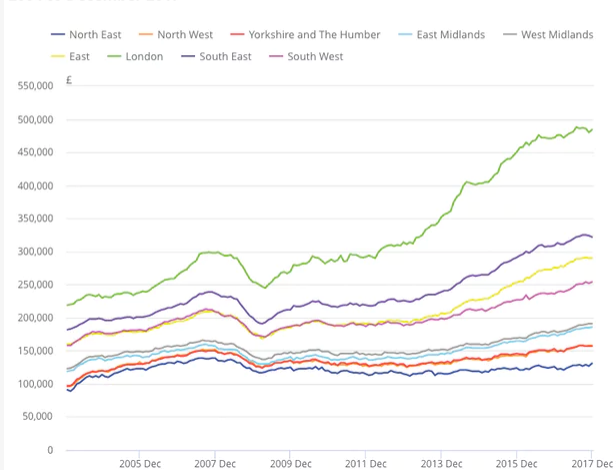Today, the UK’s Office of National Statistics) released the inflation data for January. The data showed that inflation was at 3%, above the analysts’ estimates of 2.9%.
The data was released less than a week after the Bank of England (BOE) held its first meeting of the year. In this meeting, the committee guided that they would introduce rate hikes faster than expected. Reading between the lines, traders found this language to be similar to what they had used in their September meeting. After the meeting, they made their first rate hike in their October meeting.
After the data was released, the pound rose 0.65% above the dollar, 1.44% above the Chinese Yuan, and 0.24% above the euro.
The 3% inflation rate is near the 6-year high which the country achieved in November last year. Following that inflation, the BoE governor was forced to write a letter to the treasury minister to explain about the situation.
In the letter released last week, the governor attributed the rise in price to the high energy prices which led to higher airfares. He also blamed the high inflation to the devaluation of the pound following the Brexit vote.
The surprise 3% read today puts the Bank of England at a tough spot. This is because, they must move to protect customers from the effects of high inflation at a time when wages are not growing as expected. In the latest reading, the average wage increases rose by just 2.4%, which is lower than the rate of inflation.

As a response, the bank will need to raise interest rates. Doing this will help, stabilize the inflation rate and possibly bring it to the target of 2%. However, doing so will also be a challenge to people who have loans and mortgages, who will struggle to pay the money back.

This is not the first time the inflation rate has been above the target. In fact, it has been above the 2% level for the past 12 months, which was attributed to the impact of Brexit. This time, it was led by the footwear, clothing, and recreational services. In addition, house prices continued to rise, especially in the rural areas. In London, the price stagnated. The chart below shows the house prices for different parts of the country.













Leave A Comment